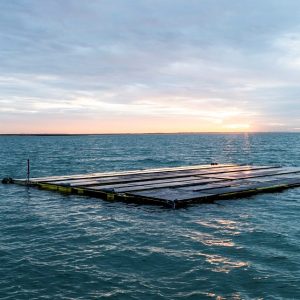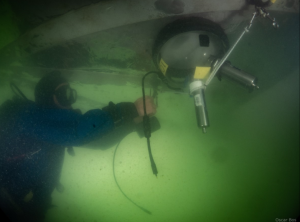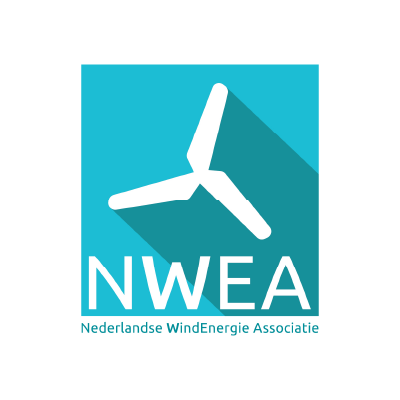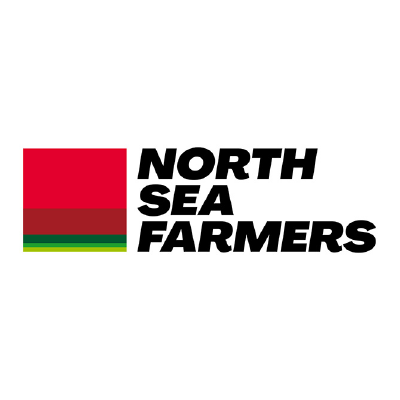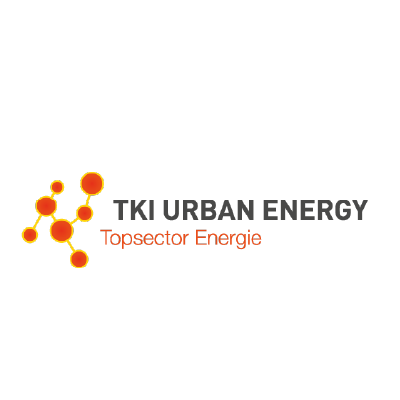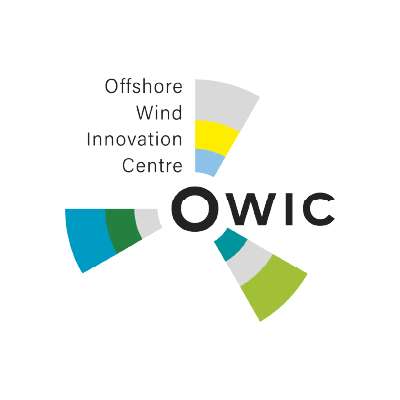In the North Sea Two (NS2) project we have extended our offshore solar farm system significantly. The first offshore solar farm system in the world has entered its fourth year of offshore operations and is on its way to 1MW scale. It is the only offshore solar system in the world in high waves. It’s deployment, exposed to the rough sea conditions, has given us a very valuable platform to learn for future large scale applications. We have collected unique and valuable data on loads, movements, power output, and interactions with the environment. All the data gathered over the last three years has been continuously and successfully translated into design improvements and technological insight to larger scale systems. The only place to get such data is in its real environment: at sea.
The NS2 offshore solar farm location is 12 km offshore, a distance which is representative for offshore windfarm locations. The offshore solar farm system is designed to withstand the rough North Sea conditions with waves up to 13,5 meters. Environmental research is also key during this project.
2019 starting near shore and moving offshore
In 2019, the first floaters were installed near-shore, within 1 km from the coast, as part of the NS1 project. The system was extended to 50 kW, and then the entire offshore solar farm system was moved to the high-wave Offshore Test Site, 12 km from the coast of The Hague.
2020 Storms
In February and in December 2020, our offshore solar farm system survived several significant storms, including “Ciara”, “Dennis” and ” Bella”. This proved that the innovative system is able to withstand very rough sea conditions with waves up to 9-10 meters, wind speeds up to 62 knots, and tidal currents up to 4 knots.
2021 and 2022 extensions and learning from reality
In 2021 and 2022 the farm was extended and over this two year period, a lot of relevant data was gathered and used for design updates. Storm “Evert” passed through the North Sea in summer 2021, and while it made a trail of devastation across land in the UK and The Netherlands, our offshore solar system survived it very well.
Just like the Wright brothers
Since offshore solar is a new offshore application, the road to success is an iterative process. Some parallels can be drawn with the development of the first aeroplanes. The Wright brothers did not design an aeroplane at once – there was nowhere in the world any knowledge and experience with this new application, which made it impossible for them to design it all at once from behind a desk. They learned from building and launching their prototypes in the real environment. It took them many failures, but thanks to their learning from each failure, they could make it better each time.
2022 storms
Our offshore solar farm system, with several design improvements incorporated, was again put to the test by six consecutive storms in February 2022, including “Corrie”, “Dudley”, “Eunice” & “Franklin”. Eunice ranks in the top 5 heaviest storms of the past 52 years. We are very proud our system withstood these extreme rough sea condition as well.
- Storm Corrie – Another notch on our belt
- 6 consecutive official storm day in a row in February, an all-time record set by Dudley, Eunice & Franklin
2023 overall system upgrade
In February 2023, in its fourth year of operations at sea, OOE have taken a large part of the system to shore for inspections and modifications. These were many of the original floaters of the oldest designs, which had been at sea in high waves for many years. At the same time, a new system with the latest design updates was brought offshore. The journey continuous, each time with technological improvements.
These three years at sea and the 4th winter period formed an important learning step for OOE. While the early years gave us the learning on how to resist maximum loads, the duration of many years at sea gave us insights on fatigue issues. All this learning was accumulated in significant design upgrades and we are confident that 2023 and 2024 will bring us even more learning to further improve the designs. These improvements will be used to be able to eventually guarantee 25 years of uninterrupted service at sea.
2016-2023: Iterations towards maturity
OOE’s starting point in 2016 was that, for something as new as offshore solar, one can’t make the perfect design right at once. Instead, an iterative process was needed, where designs are made to our best knowledge and calculations, then tried at sea in their real environment, where the learning takes place that is needed. This philosophy of learning by doing is well known in the innovative tech industry; it is a method to accelerate the path towards the optimal design. Learning is key: learning from things that go well, and learning from things that do not go well. Learning from successes as well as from failures. Just like the Wright brothers.
Is offshore solar so much different than other offshore industry applications? Yes, it is. Existing offshore applications are single structures concentrated in one point, that cover small surfaces of sea space, such as an oil&gas platform. Typically they are designed as a heavy steel or concrete structure, elevated high above sea, founded on large piles which are penetrating the seabed. Floating versions do exist, but also these are single point systems, not aimed at covering a large surface. A lot of knowledge has been gathered in the last 60 years about such ‘single point’ systems. But there is very little knowledge on large surfaces of lightweight systems.
For solar energy, a large surface is needed, which is very different from a concentrated structure. We therefore were convinced from the start that we could not rely solely on models and scale testing, and instead would need to learn from the reality. Hence, after spending the first three years designing, computer simulations and scale testing, we went out to the sea with the knowledge that the first systems would have failure as well as successes. And from the joint package we would learn. We need to learn, and to be open to surprises, as the sea has many. Everything that happens offshore to our system, will learn us how to build a system that lasts for 25 years at sea.
Our development really took off from the time we went to sea with the first floaters. Since that day, our learning curve has been amazing. These several years at sea have given us insights in what works – and what doesn’t work. Both type of results have been beneficial, as they allowed us to make the system better each time. The sea is very unforgiving, and every detail that wasn’t done right, shows up in the reality.
